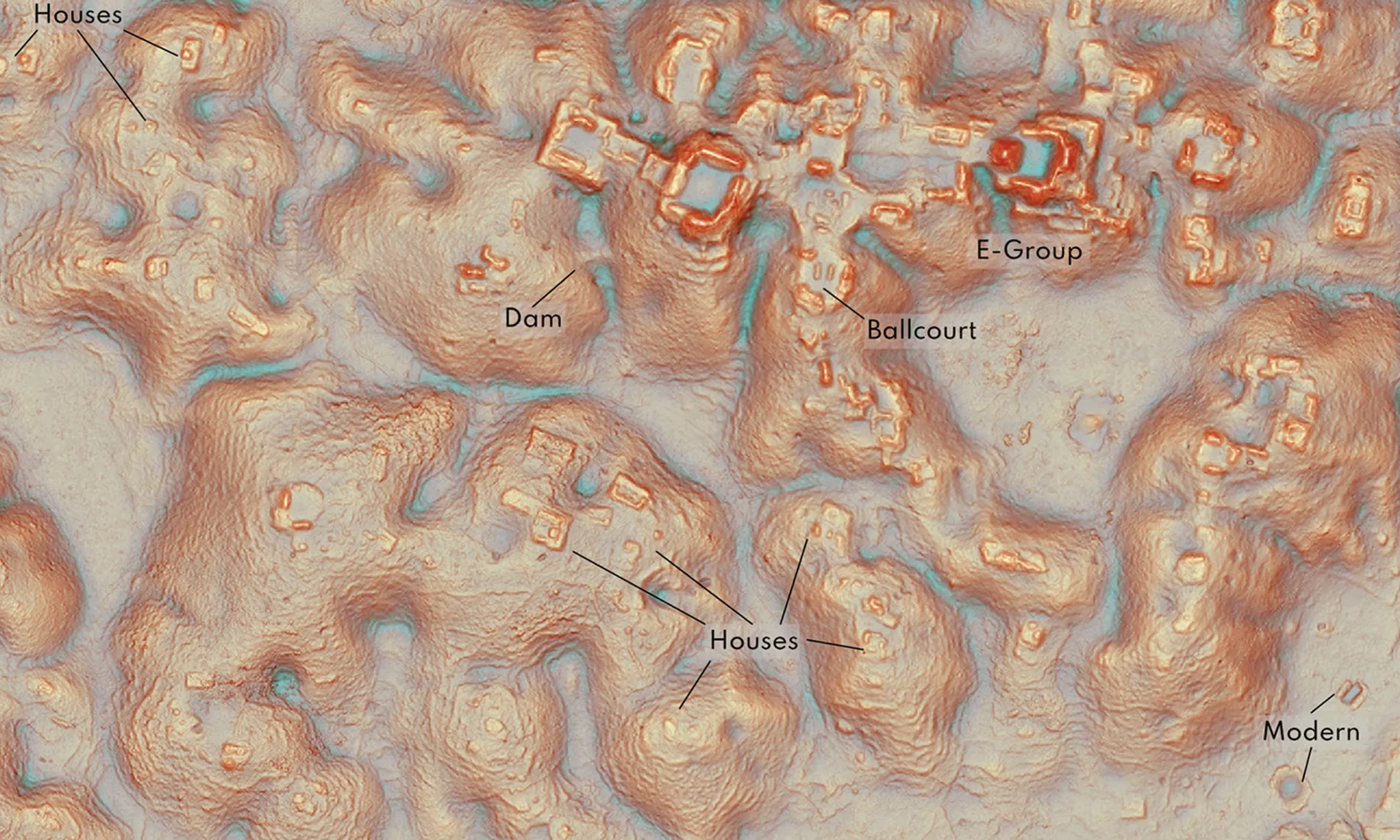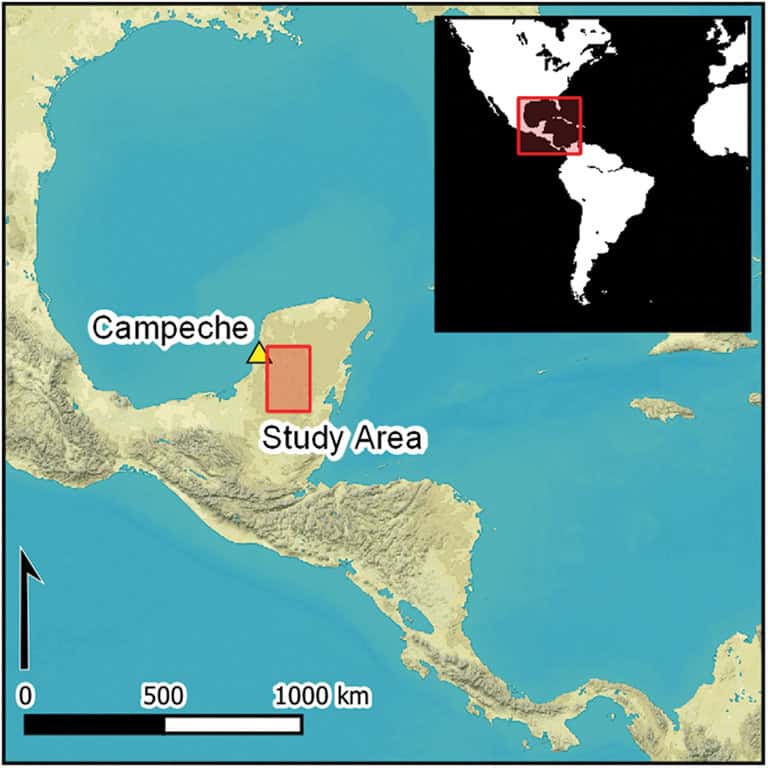https://www.lifegate.it/scoperte-maya-messico
- |
- A team of researchers has brought to light a Mayan archaeological site thanks to lidar technology, a laser remote sensing technique.
- The ruins are located in the state of Campeche, Mexico, and there are over 6 thousand structures.
- This technology promises to discover numerous other historical sites previously unknown.
The buried past speaks to us again, revealing ancient civilizations:in fact, a team of archaeologists has identified thousands of previously unknown ancient structures, including pyramids, hidden in the dense Mexican jungle.In the southern state of Campeche, on the Yucatán Peninsula, they have emerged over 6,600 structures linked to the Mayan civilization.Experts used the lidar, a technology that allows you to scan the terrain from above through the use of lasers, revealing the presence of buildings and settlements under the dense vegetation.

Mayan civilizations discovered thanks to laser technology
The Mayan civilization was at its peak between 300 and 900 AD, and descendants of this ancient culture still inhabit the region.Pre-Columbian civilization, one of the most powerful in the Mesoamerican area, built cities with ceremonial temples and majestic stone pyramids in the current areas of Mexico, Honduras, Guatemala and El Salvador.“For a long time, our knowledge of the Mayan civilization was limited to a few hundred square kilometers, mapped by archaeologists who, with great effort, explored every square meter, opening paths through the vegetation,” explained one of the researchers.However, instead of sending teams into the field, his team analyzed existing map data over an area of about 122 square kilometers.
The discovery was made by Luke Auld-Thomas, an anthropologist at Northern Arizona University.Auld-Thomas and his fellow researchers were able to map the city beneath the jungle thanks to airborne laser scanning, better known as lidar (light detection and ranging), one remote sensing technique which uses pulsed lasers and other data collected through overflights that can generate accurate three-dimensional models of surface features, revolutionizing the way archaeologists explore the hidden past.
The team discovered three sites in total, in a survey area the size of Edinburgh.As Auld-Thomas explained to the BBC, the discovery almost happened "by chance", while the archaeologist was consulting the data on the internet:“On page 16 of the Google search, I found a laser detection carried out by a Mexican environmental monitoring organization.”Once Auld-Thomas processed the data with lidar, he saw what others hadn't seen:a huge ancient city that may have housed 30 to 50,000 people at its peak from 750 to 850 AD.The results of the analysis were then published in the journal Antiquities and highlight a vast and diverse complex of Maya settlements not yet studied, scattered throughout the region.

Among these discoveries stands out an entire city, named Valerian by the team in reference to a nearby freshwater lagoon.This urban center includes two main nuclei of "monumental architecture", connected by continuous settlements and landscape engineering works.
“We didn't just find rural areas and small settlements,” said researcher Auld-Thomas.“We have also identified a big city with pyramids right next to the only highway in the area, near a village where agriculture has been practiced among the ruins for years."
Already last year, a Mexican team had identified an ancient Mayan city probably dating back to the year 1000 AD, in the same area.But unlike the US researchers, that group did not have access to lidar technology and traveled 60 km through dense vegetation to reach the site.
The absence of any knowledge of these settlements, both on the part of the government and the scientific community, suggests the existence of many other discoveries waiting to emerge.There new laser technology he will certainly play a crucial role in this continuous exploration of the past.
